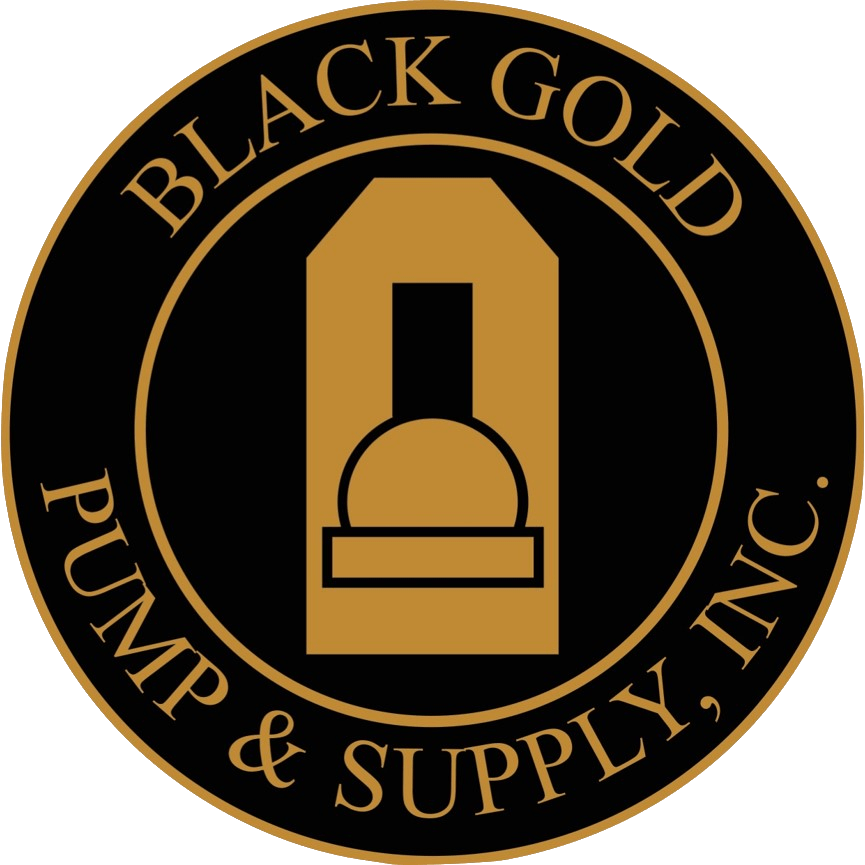ROD & FLOWLINE ANODE
- Used in conditions where heavy corrosion is present and/or causing failures to surrounding equipment.
Black Gold Pump & Supply, Inc.’s Rod & Tubing Anode can be attached in any location on the rod & tubing string to reduce corrosion on rods and tubing. The anode acts as a form of cathodic protection against corrosion to the rod string.
A galvanic relationship is formed between the anode and the rod string; drawing corrosion away from the rod string and towards the anode. Because of its large diameter, there is an increase in velocity and pressure of the fluid as it flows over the anode. This allows the dissolved gases in the fluid to "break out"; thus allowing the dissolved gases to corrode the anode. This product is made from zinc alloy and is usually placed on a 2’ pony sub.
We make the rod anode in 3/4",7/8" and 1"; which are pin-to-pin designed for 2 3/8", 2 7/8" and 3 1/2" tubing sizes.
What is an anode?
An anode is a compound of electronegative element(s). Black Gold Pump & Supply, Inc. has developed an anode for cathodic protection of crude production systems. These anodes rely on the galvanic series relationship between base material and the anode material. A galvanic series is a list of materials organized from the most electronegative elements to the most electropositive. In order to create the most efficient anode, the most electronegative elements like Zinc and Aluminum make up the anode material while the rod string is made of a steel alloy.
The effectiveness of the anode relies on the potential voltage difference between the anode material and base material. In a new condition, the anode is at a maximum potential difference. Over time in the presence of corrosive elements, the anode material will appear to deteriorate, leading to it sometimes being preferred to as a “sacrificial anode”. The potential difference between the anode and base material will eventually balance out. At this point, the anode is no longer effective and should be replaced. The run life of the anodes depend greatly on the amount of corrosion present, and the number of anodes installed in a specific location should be adjusted accordingly.
When Should An Anode Be Used?
The anodes should be used in conditions where heavy corrosion is present and/or causing failures to surrounding equipment. For example, downhole rod anodes should be used when pitting causes failure to the rod string or tubing string. The flow line anode should be used when heavy corrosion is present either on the ID or OD of the flow line.
Where Should The Anode Be Used?
The downhole rod anode is molded onto a pony sub featuring API sucker rod pin ends on either side. This design allows the rod anode to be placed at nearly any location on the rod string. The rod anode should be installed at locations where corrosion is prevalent and problematic. The flow line anode is also of a molded design but features a bull plug with line pipe threads on one end and a diffuser on the leading end. The flow line anode is installed inside a flow line T at a location where the fluid is forced through a 90° bend.
In a fluid, gas breaks out of the fluid due to pressure drops. Fluid traveling through a downhole pump for example will experience higher velocity through the pump as there are restrictions or areas of smaller cross sectional diameter. As the fluid leaves the pump the cross sectional area expands, resulting in a decrease in fluid velocity and decrease in pressure.
These types of locations tend to experience the most corrosion and should be protected by an anode to extend the life of equipment.
Why Choose The Anode For Corrosion Control?
In comparison to other forms of corrosion control, the rod and flow line anodes are a more cost-effective alternative to other corrosion control methods and provide localized cathodic protection for crude production systems. No continuous monitoring or electrical current is needed. Installation is quick and simple and utilizes processes already familiar to rig crews.
DOWNLOAD SPEC SHEET
Need help selecting the right tool? We’re here to help!
Need help selecting the right tool? We’re here to help!
We want to know your needs exactly so that we can provide the perfect solution. Let us know what you want and we’ll do our best to help.
